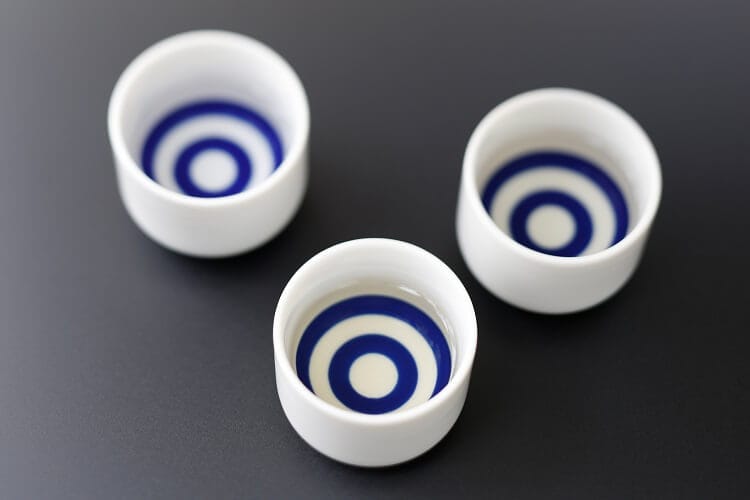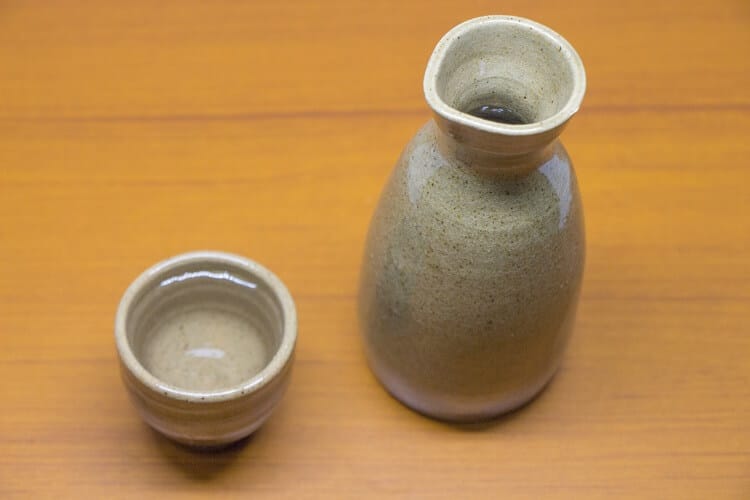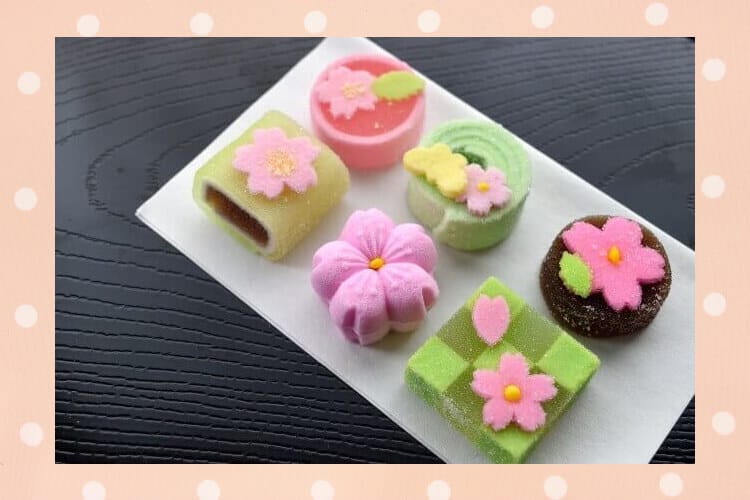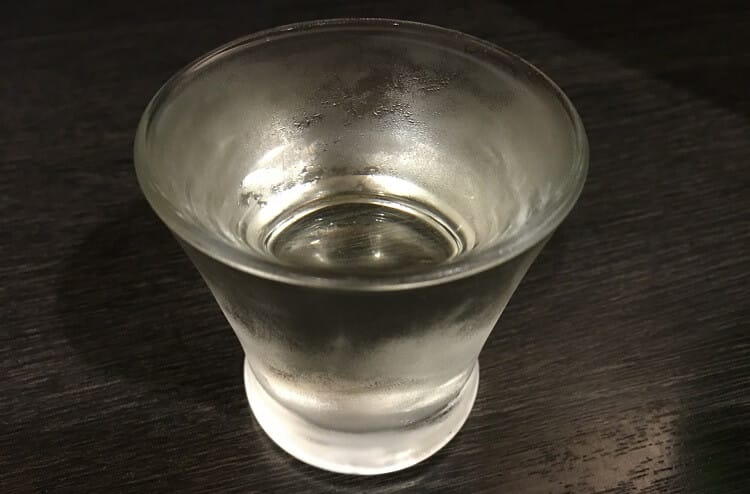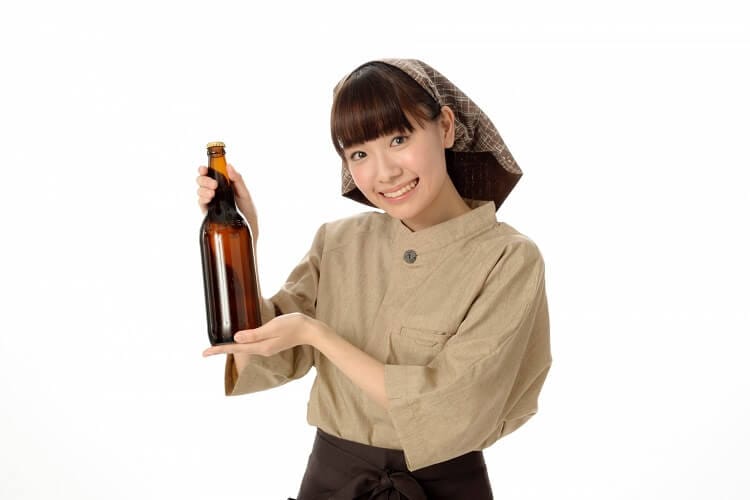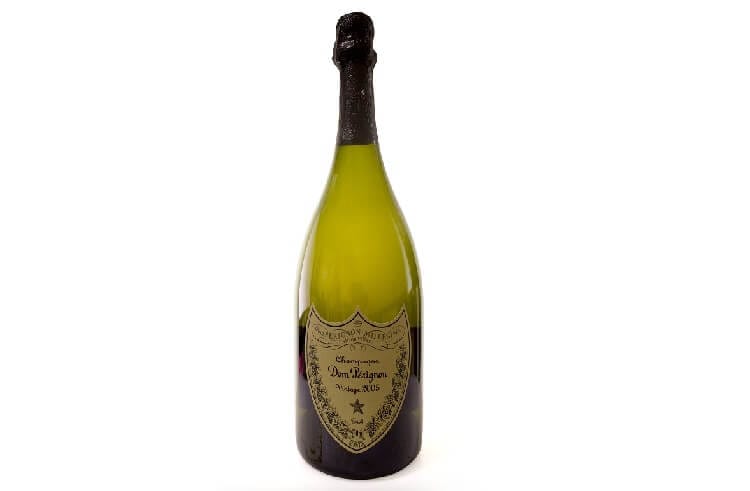
There are many types of rice we eat in our daily lives.
Speaking of branded rice, there are Koshihikari, Hitomebore, Akitakomachi, etc., and you can see that there are many kinds of local rice made in the area.
The theme this time is “Sake Rice”.Speaking of sake rice, rice varieties developed exclusively for sake brewing.
If you are worried about what kind of sake rice is, what kind of difference is between sake rice and the rice we usually eat, please check it out.
Let's keep the history of sake rice!
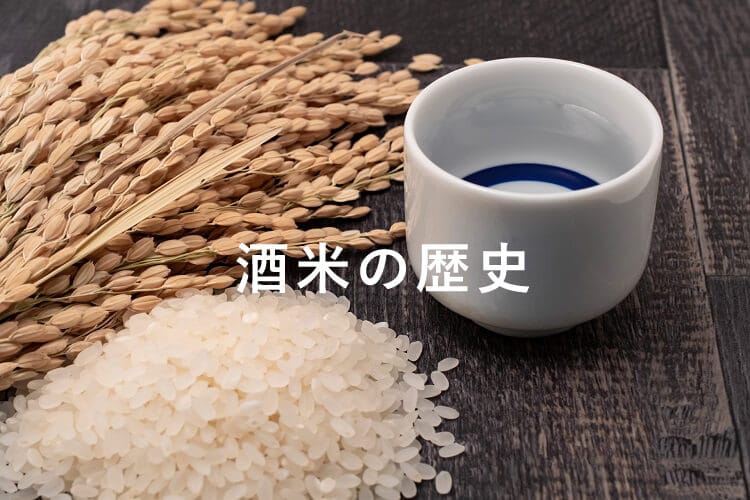
When was sake rice born exclusively for sake brewing? First, I will explain when the sake rice was born.
The development of sake rice began to happenEdo PeriodIt is said that.
In the Edo period, private farmer farmers selected excellent individuals, ordered various varieties from the region, and promoted rice variety improvement.
Breeding technology has advanced in the Meiji eraHowever, excellent edible varieties such as “Omachi”, “God Power”, “Patriotism”, and “Kamenoo” will be developed.
Among them, some varieties represented by “Omachi”, which was particularly suitable for rice production, were highly suitable for sake brewing, and will gradually exist as sake-making rice.
Since then, varieties have been improved, and now more than 100 sake rice varieties have been produced throughout the country.
All the sake rice varieties cultivated in recent years"Omachi", "Kamenoo", "Hachiman" and "Yamadaho" ancestor varietiesIt is expected that more varieties of sake rice will be produced in the future.
The background to the birth of sake rice is the strong desire of brewers to make delicious sake.
There are many sake rice in various parts of the country, so if you pay attention to sake rice and taste sake, you will be able to immerse yourself in the deeper world of sake.
What kinds of sake rice varieties are there?
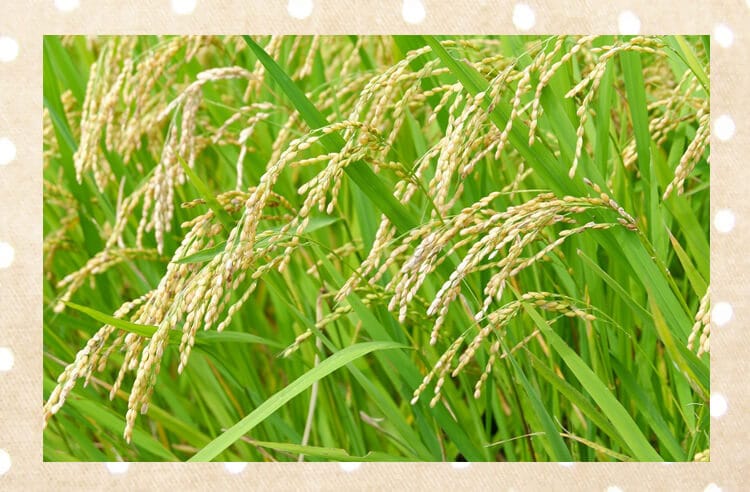
Sake rice is officially named “Sake Brewery Suitable Rice” and is a rice varieties dedicated to sake brewing with properties suitable for sake brewing..
So what exactly does sake rice have? From here, I will focus on the types of sake rice produced in various parts of Japan and explain in detail.
As of 2017, there are 107 brand sake rice grown all over Japan, and it is not possible to introduce all of them, so here we will introduce the top 10 brands produced.
● 1st place: Yamada Nishiki (Hyogo Prefecture)
2017 production is37,500 tonsWith the overwhelming difference, we are proud of the number one production.
King of sake riceIt is also known as brewing liquor, so it can be widely produced from Daiginjo to Junmai.
Although sake brewing using Yamada Nishiki is performed throughout Japan,Hyogo prefecture products are exceptional.
● Second place: 500 million stones (Niigata Prefecture)
2017 production is19,000 tonsHowever, it is not far from Yamada Nishiki, but it is still the 2nd place with a big difference to 3rd and below.
The quality of the sake is refreshing,Sake rice has become a hero of the dry dry boomis. AlsoThe potential to achieve the quality of Ginjo sake even with low-milled riceExcellent sake rice with
● Third place: Miyama Nishiki (Nagano Prefecture)
Miyamanishiki is sake rice that is easy to grow even in cold regionsEven outside of Nagano Prefecture, it has become a major sake rice in many Eastern regions.
Because it doesn't break the taste of food with its simple liquor quality,MealsAs a popular sake rice.
● No. 4: Omachi (Okayama Prefecture)
Omachi was in the late Edo periodNative varieties found at the foot of Oyama in Tottori.
Because it is more expensive than Yamada Nishiki, there is no chance to drink,Characterized by dark umami and sweetnessIt is a popular sake rice.
● No. 5: Akita Sake Komachi (Akita Prefecture)
This is sake rice that represents Akita Prefecture. A variety developed by Akita Prefecture.Featuring transparency and sharp sweetness like thaw water.
A wide range from pure rice sake to Daiginjo sakeIt can also be said that the production volume is high.
● No. 6: Hachimannishiki 1 (Hiroshima)
Developed by Hiroshima Prefecture as sake rice suitable for making Hiroshima Ginjo. Sake using Hachinishiki 1Finish that feels a bulge of clean tasteIt will be.
It has become a very popular sake rice in Hiroshima and other prefectures.
● No. 7: Hitokochi (Nagano Prefecture)
With sake rice that is comparable to Miyama Nishiki, representing Nagano Prefecture,Niimiyama NishikiSometimes called.
Large grain, big heart, grows in cold areas and has a large yieldFrom this, you can see the high potential as sake rice. It is said that it is the best for Ginjo sake among many specific name sakes.
● 8th place: Rin Dewa (Yamagata Prefecture)
Dewa Rin is in Yamagata PrefectureSake rice developed using Miyama Nishiki as the mother riceis. Suitable for ginjo making,Soft and tasteful sakeFinished.
For those who meet the standards in DewaDEWA33 markIs attached as a proof of quality.
● 9th place: Ginfu (Hokkaido)
Developed by improving varieties so that Hachinishiki could be made in HokkaidoIs Ginfu.
Lightness peculiar to sake rice cultivated in cold regionsThere is a sake rice that represents Hokkaido.
● 10th place: Koshidanrei (Niigata Prefecture)
KoshidanreiCrossed two major sake rice, Yamada Nishiki and HyakumangokuSake rice developed for Daiginjo sake.
This sake rice has a swelling taste of Nishiki Yamada and a refreshing taste of 500 million stones, and has become very popular in recent years.
Yamada Nishiki and 500 million stones account for 50% of the total production of sake riceYou can see that both are sake rice representing Japan.
As I said earlier, there are all in JapanSake rice exceeding 100There are many sakes that can only be enjoyed locally.
You can taste sake made with sake rice, which has a lot of production, but you should also try sake made with sake rice that has been developed in each region and packed with the thoughts of producers.
What is the difference between sake rice and rice eaten as rice?
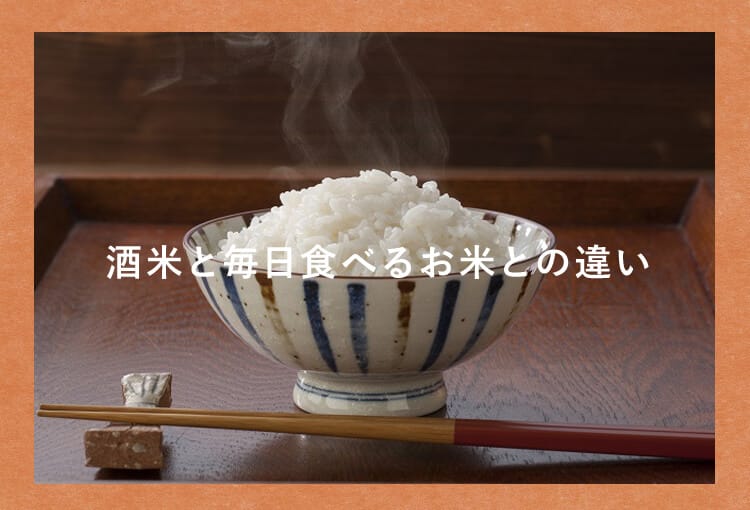
Sake is sake made from rice, rice bran and water only.The quality of rice determines the taste of sakeIt is no exaggeration, though.
Sake brewing uses sake-making rice called sake rice, as I introduced earlier. How does sake rice differ from the rice we eat every day?
The rice brands we eat every day include Koshihikari, Sasanishiki, Hitomebore and Akitakomachi. These rices are sweet and sticky, and are very delicious.
Therefore, it is normal to think that delicious sake will be completed by using branded rice for sake brewing,Actually, delicious rice is not perfect for sake brewingIt is
Sometimes we use rice for sake brewing,Almost all high-class liquors such as Daiginjo sake are exclusively used for sake riceIt is made with.
So why isn't rice delicious to eat? The answer is"Kokoro"It is in what.
What is the important relationship between sake rice and heartbeat?
Rice that is eaten as rice is used for sake brewing, but for sake with a high value such as specially named sake, rice that has been developed specifically for sake and has a “hearty” taste is used.
Heart white is the white and transparent part of the center of rice.Heart white contains a lot of starch, and there are many gaps.
On the other hand, the outside of heart white contains a lot of proteins and lipids,Miscellaneous taste is easy to come outIt has the feature of.
つ ま りThe heart white part is perfect for making rice, but the outside of the heart white causes the quality of sake to dropIt can be said.
The more expensive liquor, such as Daiginjo sake,Sake brewing is performed using only the heart white part of the heart.It is
Rice eaten as rice is also hearty, but very little compared to sake rice.
The reason why sake rice is the best for sake brewing isBecause it contains a lot of heart white, you can make sake using heart whiteSuch you.
Summary

Some sakes are made from the rice we normally eat, but in the case of expensive sakes such as specially named sake, sake-making rice called “Sake Rice” is used as a raw material.
“Sake rice” is characterized by large rice grains and large white heart, and is packed with elements that can make delicious sake.
If you focus on sake rice and choose sake, you will find something new.


